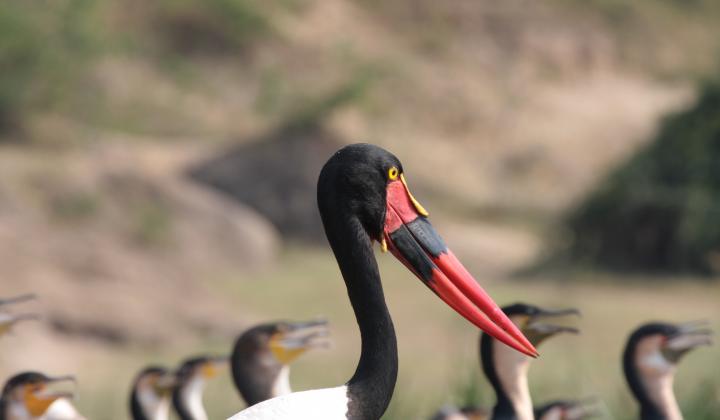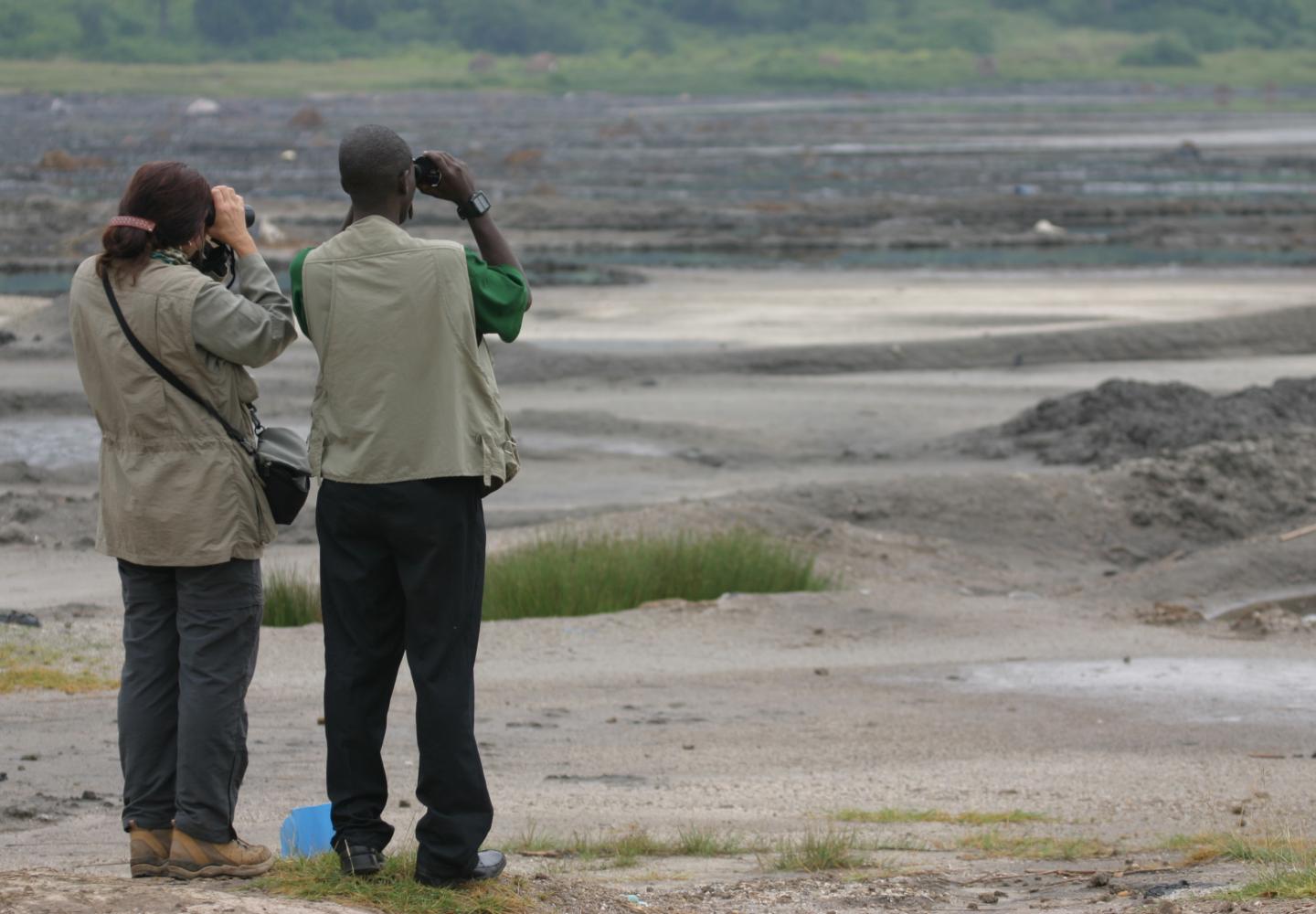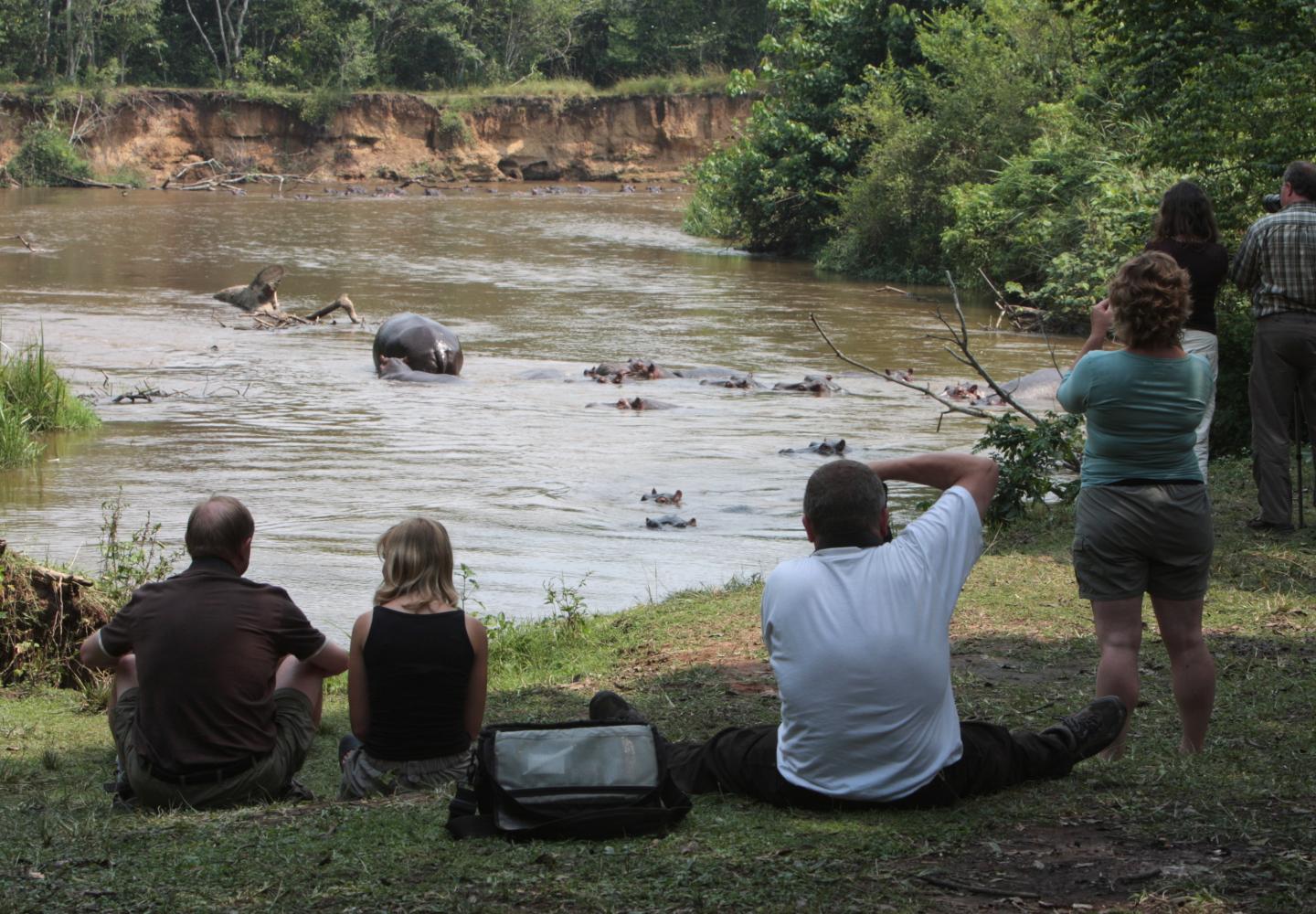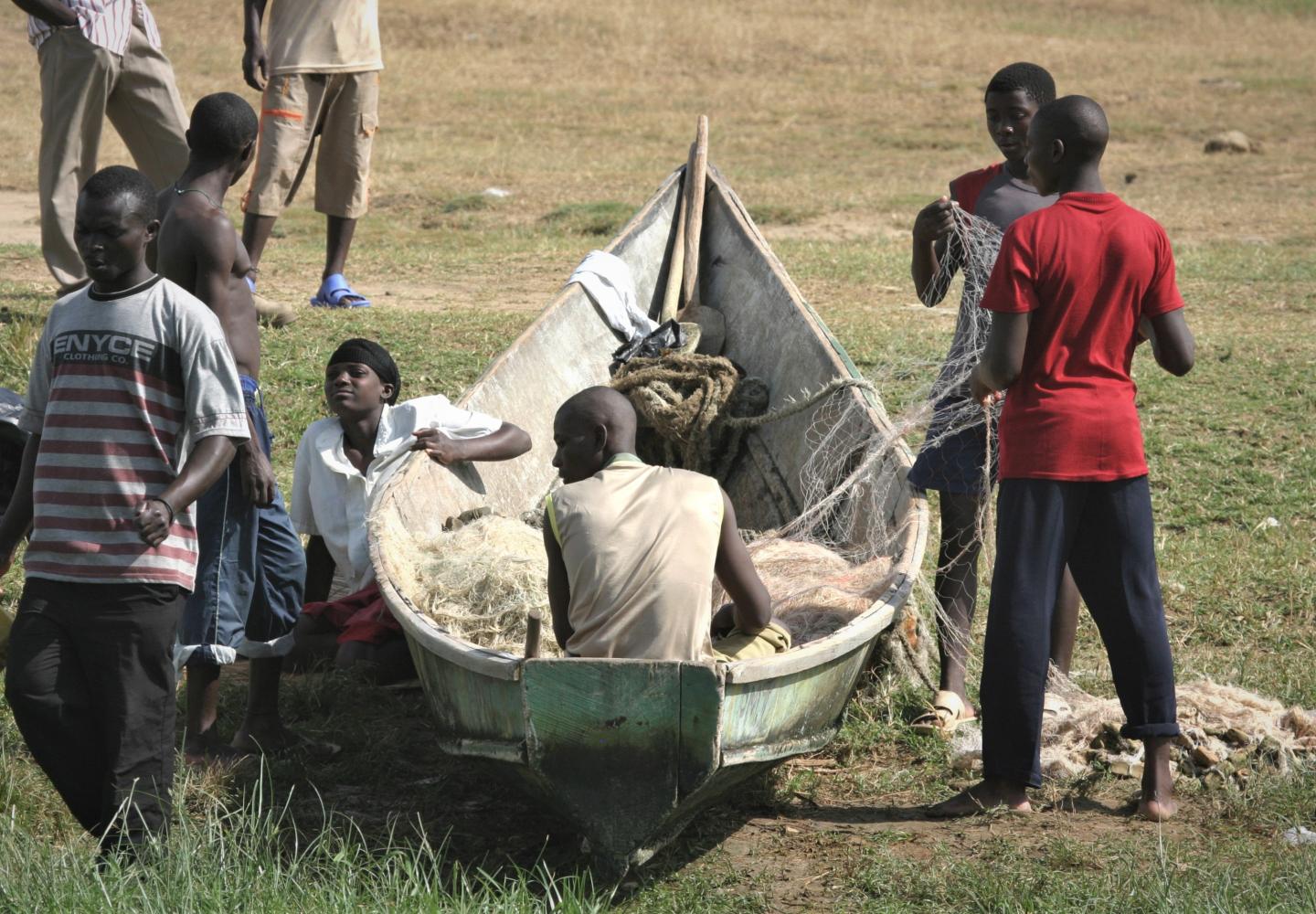Discover Queen Elizabeth

Founded in 1952, Queen Elizabeth National Park was originally named Kazinga National Park, and renamed two years later to commemorate a visit by Queen Elizabeth II.
The park is home to over 95 mammal species and over 600 bird species.
The park spans the equator line; monuments on either side of the road mark the exact spot where it crosses latitude 00
The Katwe explosion craters mark the park's highest point at 1,350m above sea level, while the lowest point is at 910m, at Lake Edward.
Queen Elizabeth National Park is understandably Uganda’s most popular tourist destination. The park’s diverse ecosystems, which include sprawling savanna, shady, humid forests, sparkling lakes and fertile wetlands, make it the ideal habitat for classic big game, ten primate species including chimpanzees and over 600 species of birds.
Domestic flight are available: Entebbe to Mweya (Northern sector) and to Ishasha (Southern sector) via Kihihi.
Activities & Special Interest:
- Game drive
The open grasslands of Kasenyi provide the park’s primary game viewing area, thanks to resident herds of Uganda kob and the lions that prey on them.
- Predator Tracking
The park’s experienced ranger guides can usually locate lions but predator sightings can be guaranteed by signing up for a tour with the Mweya-based Uganda Predator Project which monitors the movement of lions, leopards and hyenas fitted with radio collars.
- Boat cruise on Kazinga Channel
The Kazinga Channel is an oasis for many of the fascinating species that inhabit the park, and taking a boat tour along it gives visitors the chance to cruise just meters from hundreds of enormous hippos and buffalos while elephants linger on the shoreline. Keep an eye open for the enormous water monitor lizard, which is common in the riverine scrub, as well as crocodiles, seen with increasing regularity since first colonizing the area in the early 1990s
- Katwe salt lake & fishing village
One of the most famous lookout points in Uganda is in the Katwe-Kabatoro community on Katwe Salt Lake where traditional salt mining has been practiced since the 16th century. Lake Katwe is one of crater lakes and is visited during the crater drive. It is a salty lake and is most visible during the dry season when salt crystalizes. The neighboring Lake Munyanyange is a bird sanctuary, as well as a migratory location for the lesser flamingo from August to November.
- Kyambura gorge walk – chimpanzee trekking
The gorge is best known for its resident chimpanzees – some of which are habituated and can be tracked through the forest with trained guides. While walking through the gorge, you may spot other primates and some of the many birds found in the forest. The entrance to the gorge is also a pleasant spot for a picnic.
- Ishasha game drive
This remote southern region enjoys fewer visitors than the north, but those who venture this far may be rewarded with sightings of Ishasha’s most famous residents – the tree climbing lions – lounging in the branches while keeping a close eye on herds of Uganda kob. It is also home to many buffalo and elephants as well as the rare shoebill.




